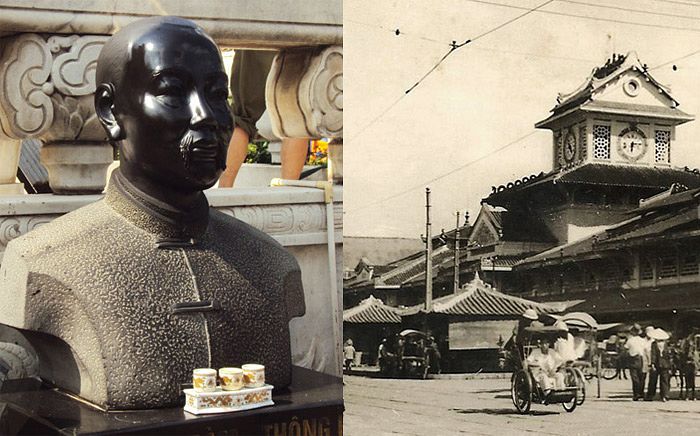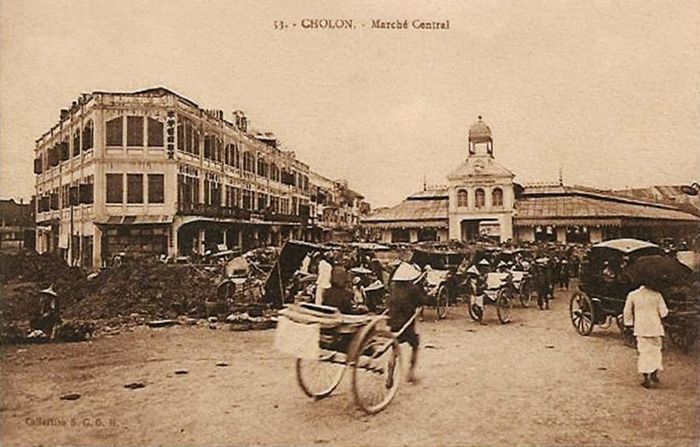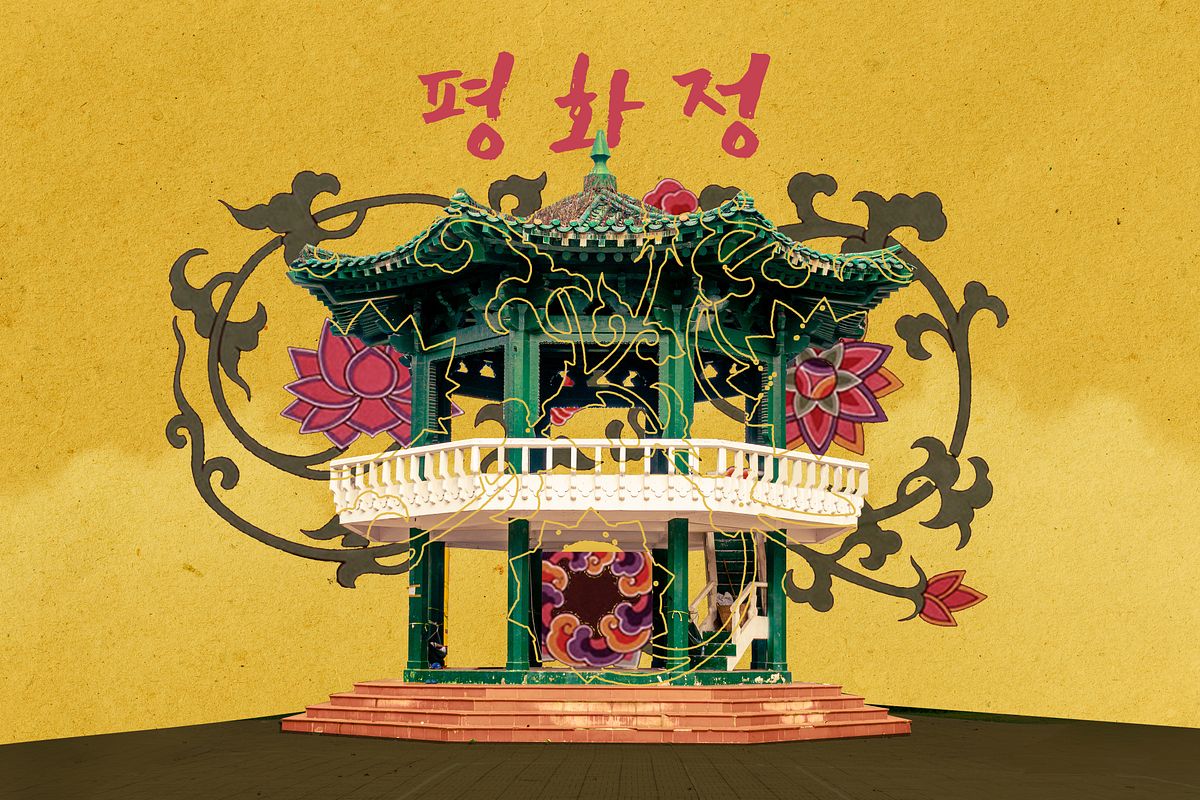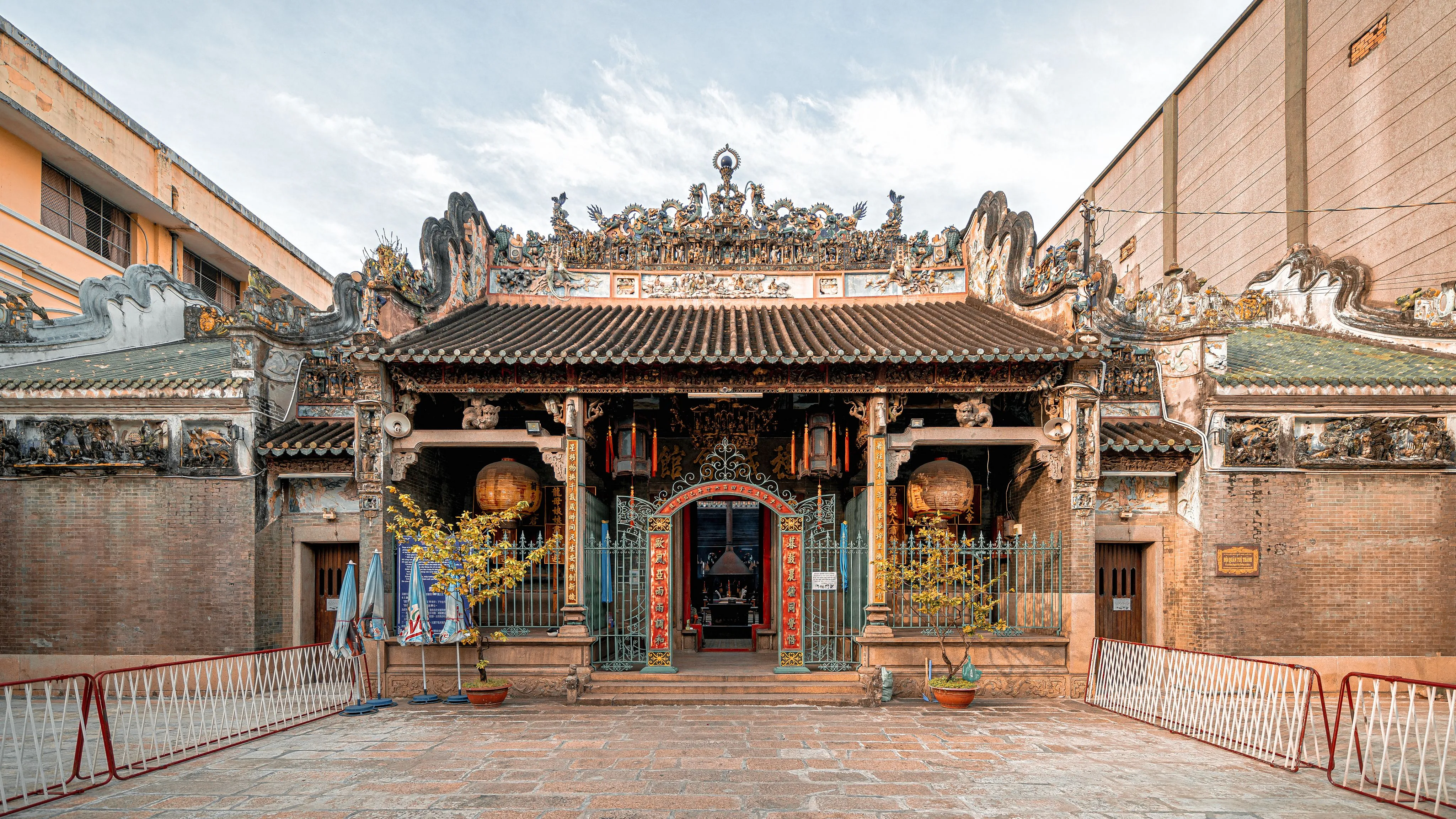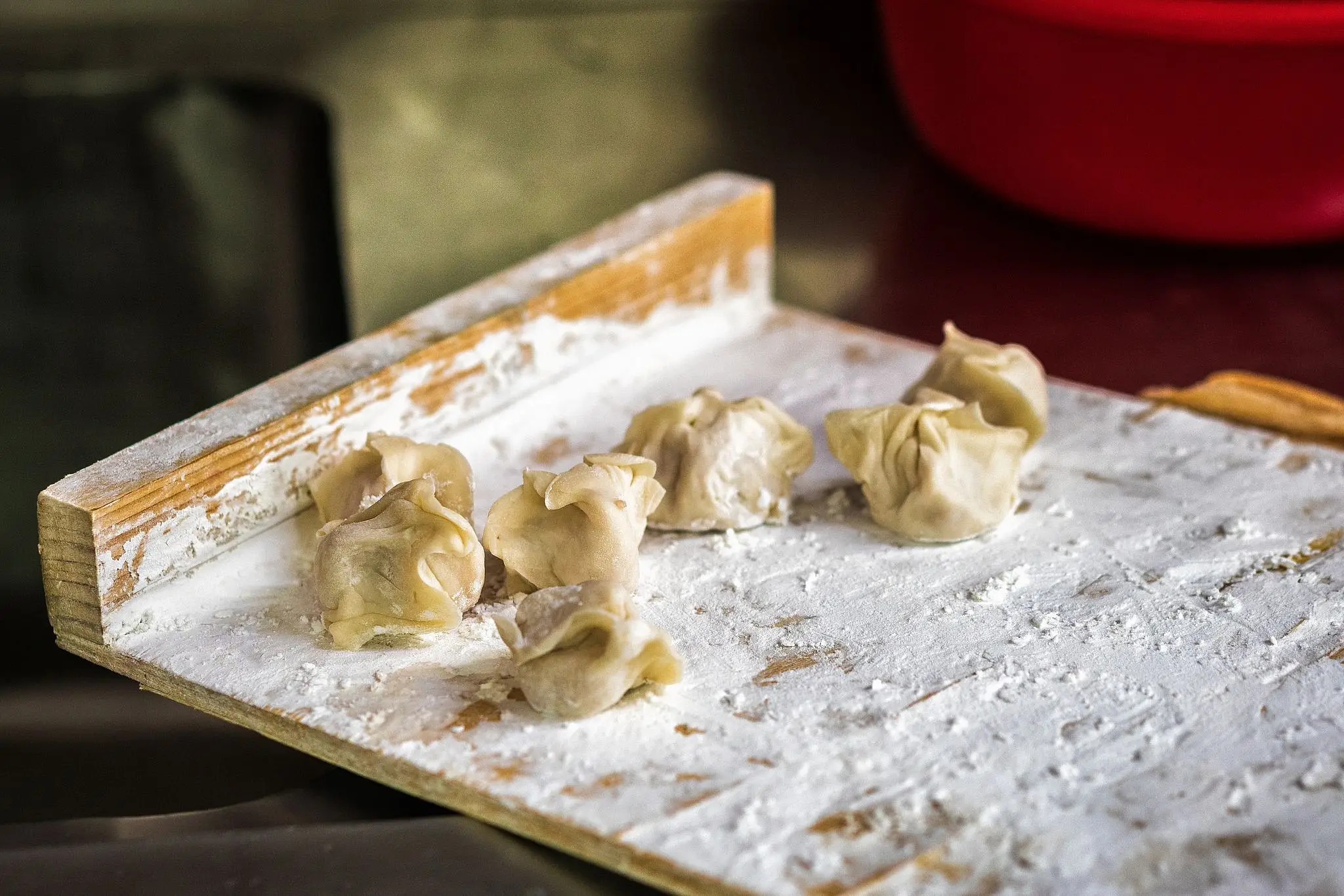Cho Lon was once its own city, long inhabited by Hoa (ethnic Chinese) who established an economic hub along the banks of the Saigon River over 200 years ago. There's a lot to explore in the area today, including delicious street food, unique architecture and local lifestyles. Whether you are interested in shopping in its bustling markets, visiting its historic temples and museums, or simply soaking up its unique cultural atmosphere, Cho Lon is a district that is sure to leave a lasting impression.
_x.webp)
Cho Lon
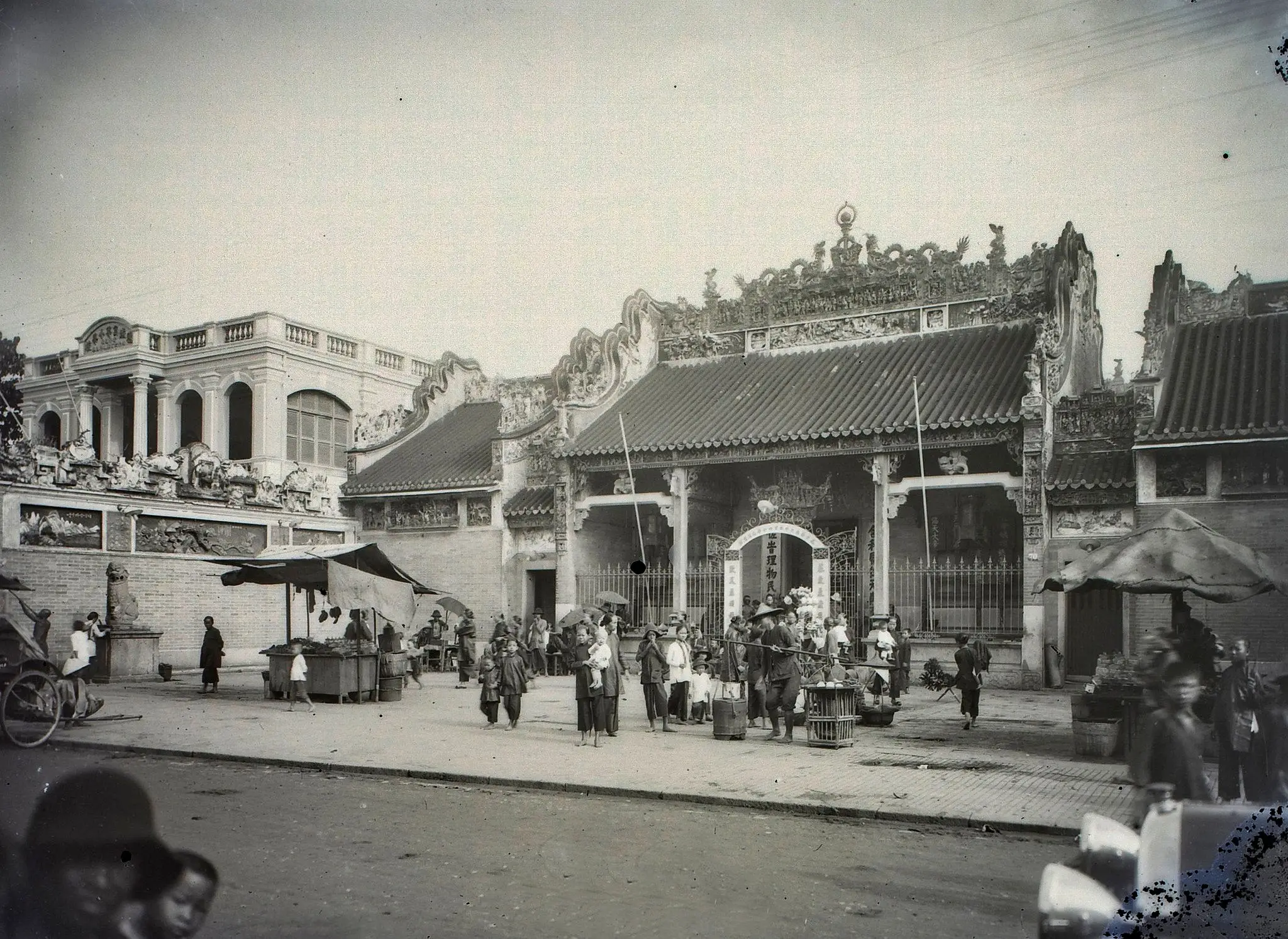
When Saigon was still a fishing village, Cho Lon was a bustling commercial hub. It was originally founded in the 1680s by refugee supporters of the overthrown Ming dynasty known as the Xa Minh Huong. Unable to return to China, they intermarried and gradually evolved into a resident mixed-race community with its own unique ethnocultural identity. During the Tay Son Rebellion, Cho Lon’s population increased as it absorbed other traditional Chinese communities.
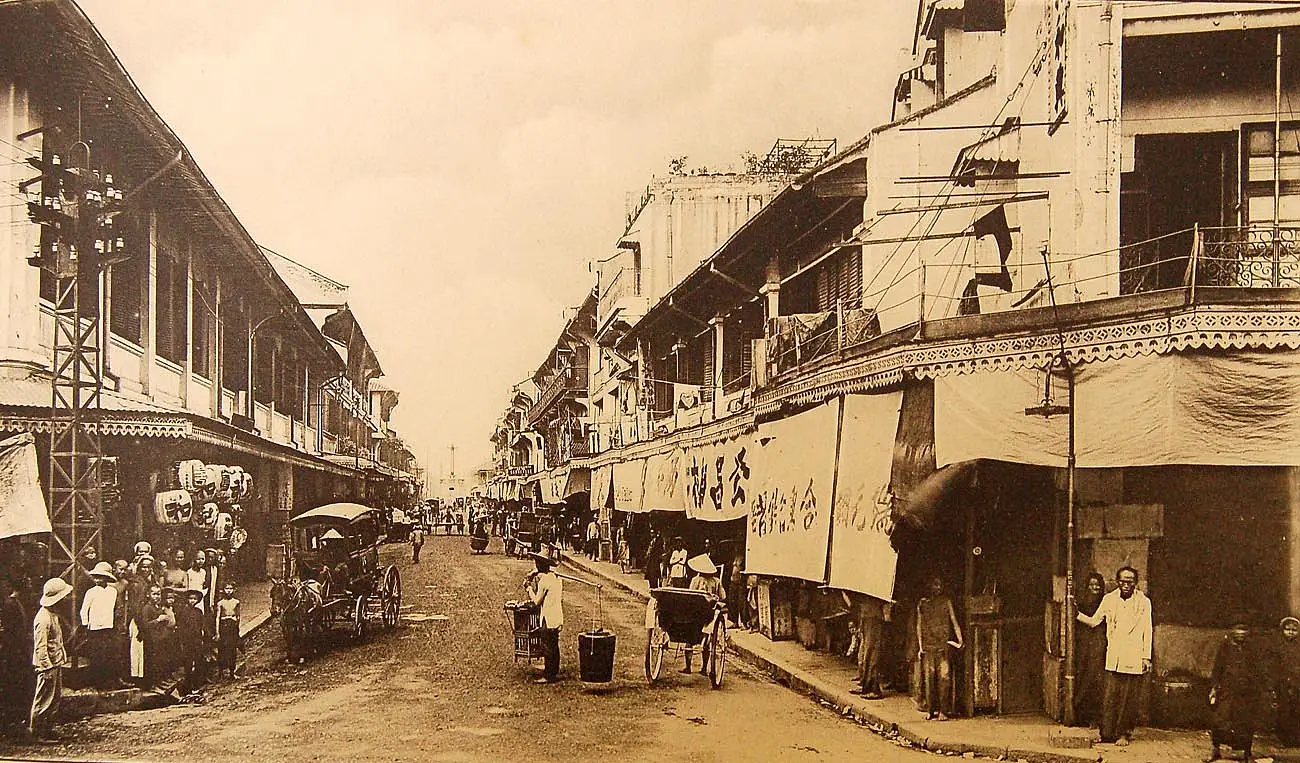
The area became known for its high-quality silk, ceramics, and other goods, and quickly established itself as a major center of commerce in the region. In the 18th century, Cho Lon continued to grow and flourish as a center of trade and commerce in Vietnam, partially because of the mastery of local waterways. During this period, several important temples and shrines were built in Cho Lon, including the Thien Hau Temple, which is still an important site for the local Chinese community today. Meanwhile, the district was also known for its thriving markets, such as Binh Tay Market. This period of growth and expansion set the stage for Cho Lon to become one of the largest and most important Chinese communities in Southeast Asia.
During the French occupation, Cho Lon was a center of resistance against colonial rule, and the district was home to several important political and cultural movements that sought to promote Vietnamese independence and cultural identity.
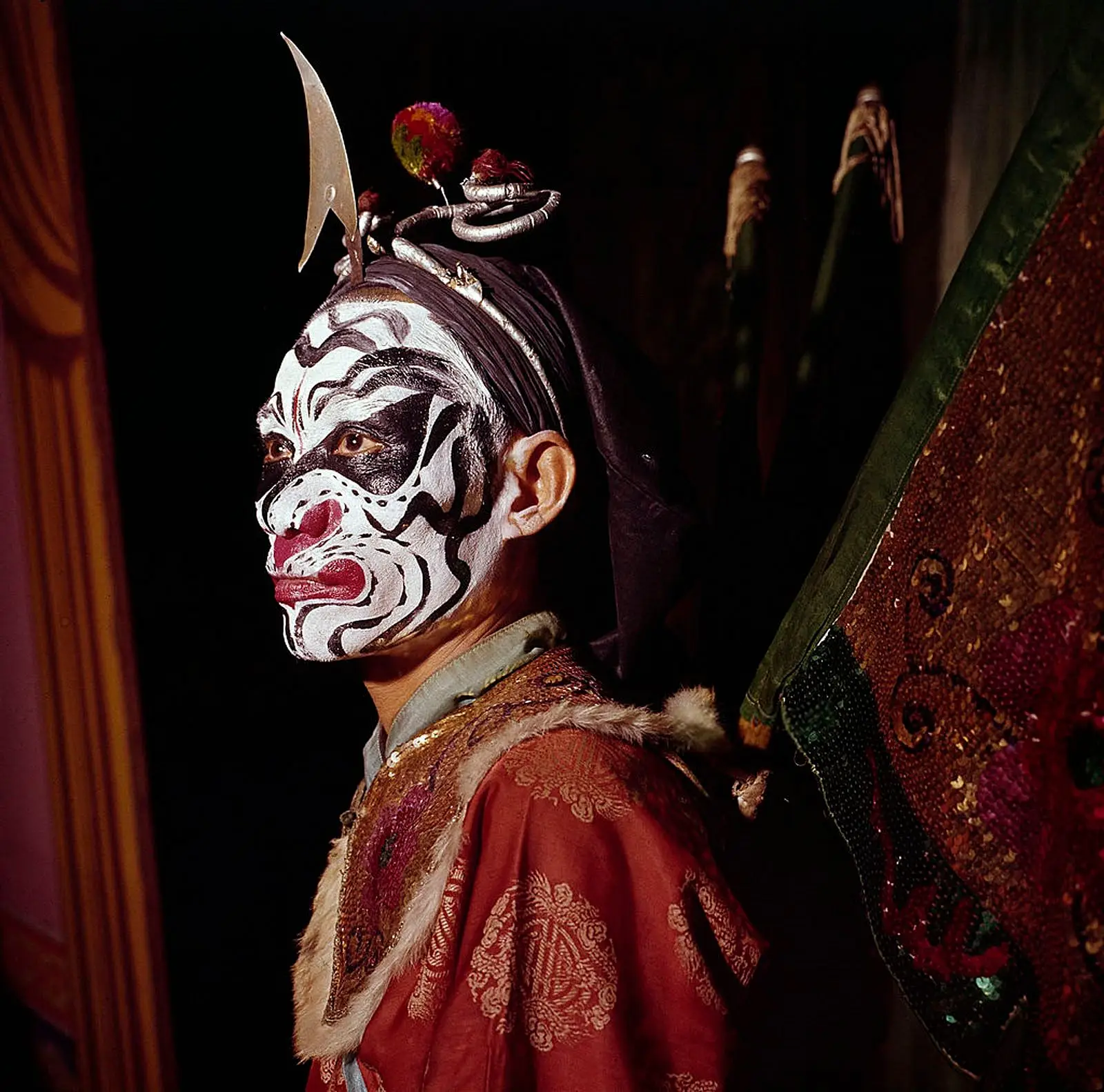
The city was eventually combined with Saigon in 1956 and served as the site of frequent fighting between gangs, the government, and anti-colonial and pro-unification forces. Following the end of the American War, the community’s economic prowess faltered. As time passed and governments changed, Cho Lon has retained its strong Chinese cultural roots and remains an important part of Saigon’s urban soul and even the inspiration for contemporary literature.
Come hungry - Cho Lon is home to some of Saigon's most prolific eateries, serving up dim sum, the city's oldest cup of coffee and even Taiwanese staples. Be sure to check out one our Cho Lon Story tour which will not satisfy your hunger, but also your architectural curiosities.
Go early/go late - Cho Lon is always bustling but many of its eateries are only open in the morning or after the sun sets. It's also best to avoid the afternoon heat when visiting highlights like this architectural vestige of 1970s Vietnam-Korea history.
Get ready for sensory overload - Cho Lon is one of the densest part of Saigon and stays true to its name as one massive market.

